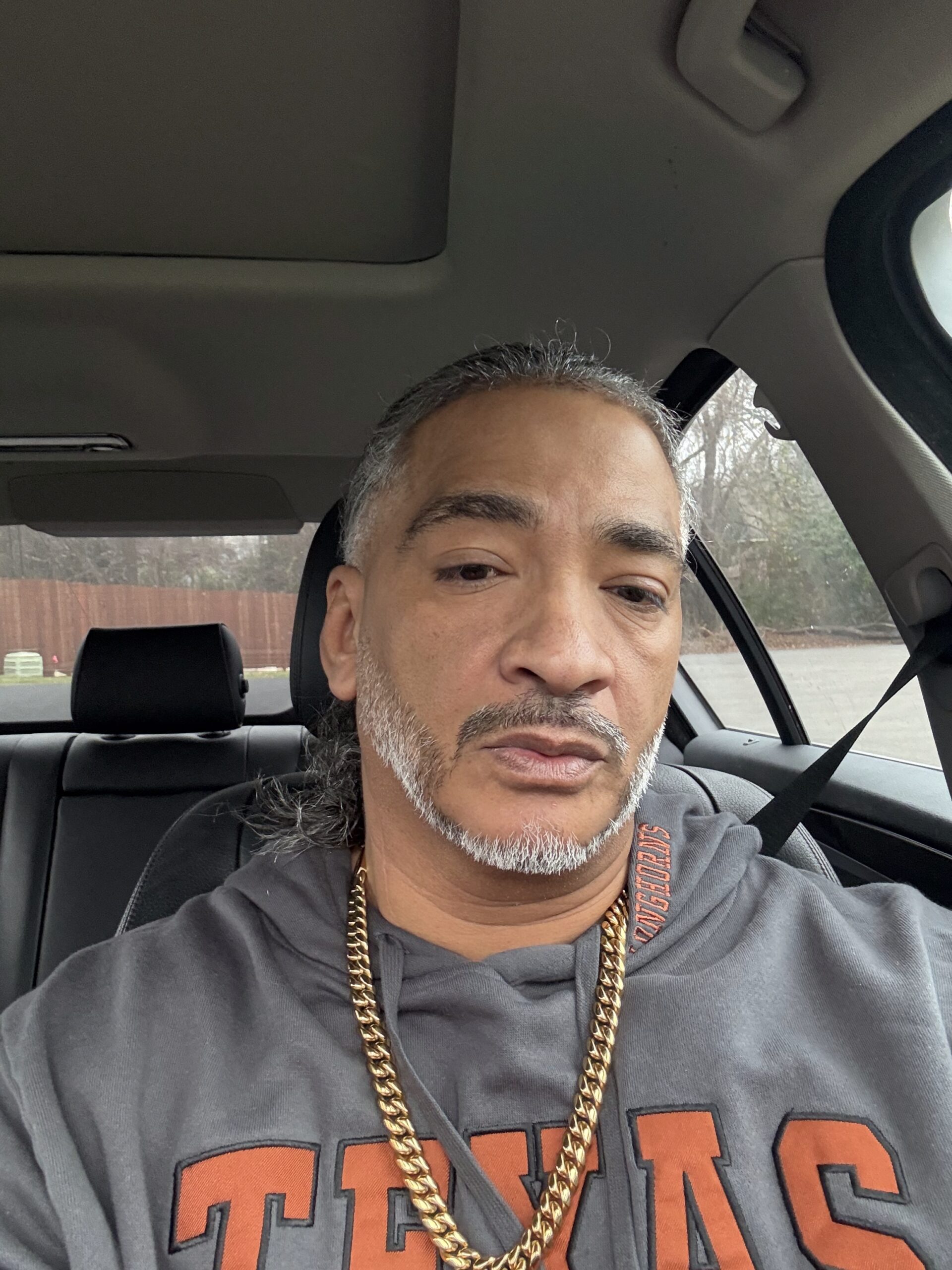Symptoms like facial drooping, arm weakness, blurred vision, or slurred speech are all common indicators of a stroke, but they can also signal a Transient Ischemic Attack (TIA)—sometimes called a “mini-stroke.” While a TIA may not cause permanent damage, it’s a critical red flag that a full stroke could follow. Recognizing and acting on these warning signs can save your life.
A Transient Ischemic Attack (TIA) is caused by a blockage in the carotid artery (located in the neck) that supplies blood to the brain.
People who experience a TIA are often highly likely to suffer a stroke later on.
A patient of CTVS board-certified vascular surgeon Dr. Jeffrey Apple has experienced two TIA’s, but due to the extraordinary technology of a procedure known as TCAR, he hopes to prevent a subsequent stroke.
49-year-old Jeremy C. has a history of blood clots and other serious vascular issues including a pulmonary embolism. He experienced his first TIA in 2023 and more recently a second one earlier this year.
He recognized the distinct symptoms that he had previously (blurred vision, slurred speech, and a headache) and proceeded to the hospital for help right away.
Dr. Apple performed a TCAR procedure to clear the blocked carotid artery and restore blood flow to Jeremy’s brain.
What is TCAR?
TCAR (Transcarotid Arterial Revascularization) is a minimally-invasive surgical procedure to clear out dangerous plaque buildup that can form in the carotid artery.
Via a small incision in the neck, the vascular surgeon inserts a special tube into the carotid artery to reverse blood flow from the brain that may contain plaque debris as it is cleaned out. The blood is filtered and then healthy flow is restored through a tube accessed in the upper leg.
How long is recovery following the TCAR procedure?
The hospital stay after TCAR is typically one to two days to make sure the blood is flowing properly and the incision in your neck is healing.
After his TCAR procedure, Jeremy has been able to successfully return to work and all of his regular activities.
An important part of recovery after TCAR and for going forward is to recognize what may have led to the carotid artery blockage in the first place (such as an unhealthy diet or lifestyle habits) and make a dedicated effort to change those things in order to prevent future issues.
Of his experience, Jeremy recommends that “people become familiar with the signs and symptoms of a stroke or TIA and seek help if you have them.”
“Don’t think that if you are young it can’t happen to you, and don’t ever ignore these symptoms.”
For questions about our vascular, cardiac, or thoracic services, please visit ctvstexas.com or call us at (512) 459-8753 to schedule an appointment.
Don’t forget to follow us on Facebook and Instagram and check our blog for regular updates.

